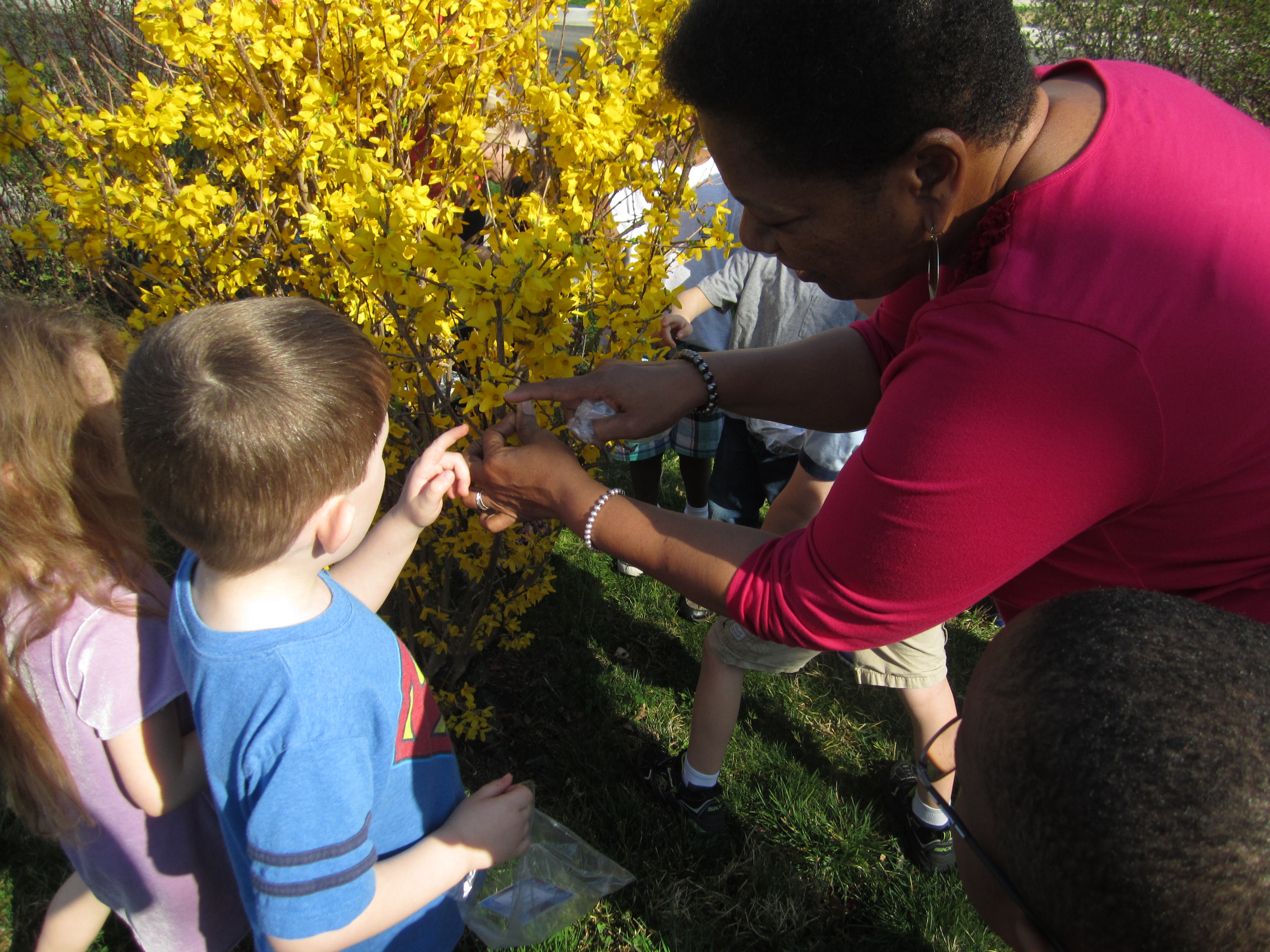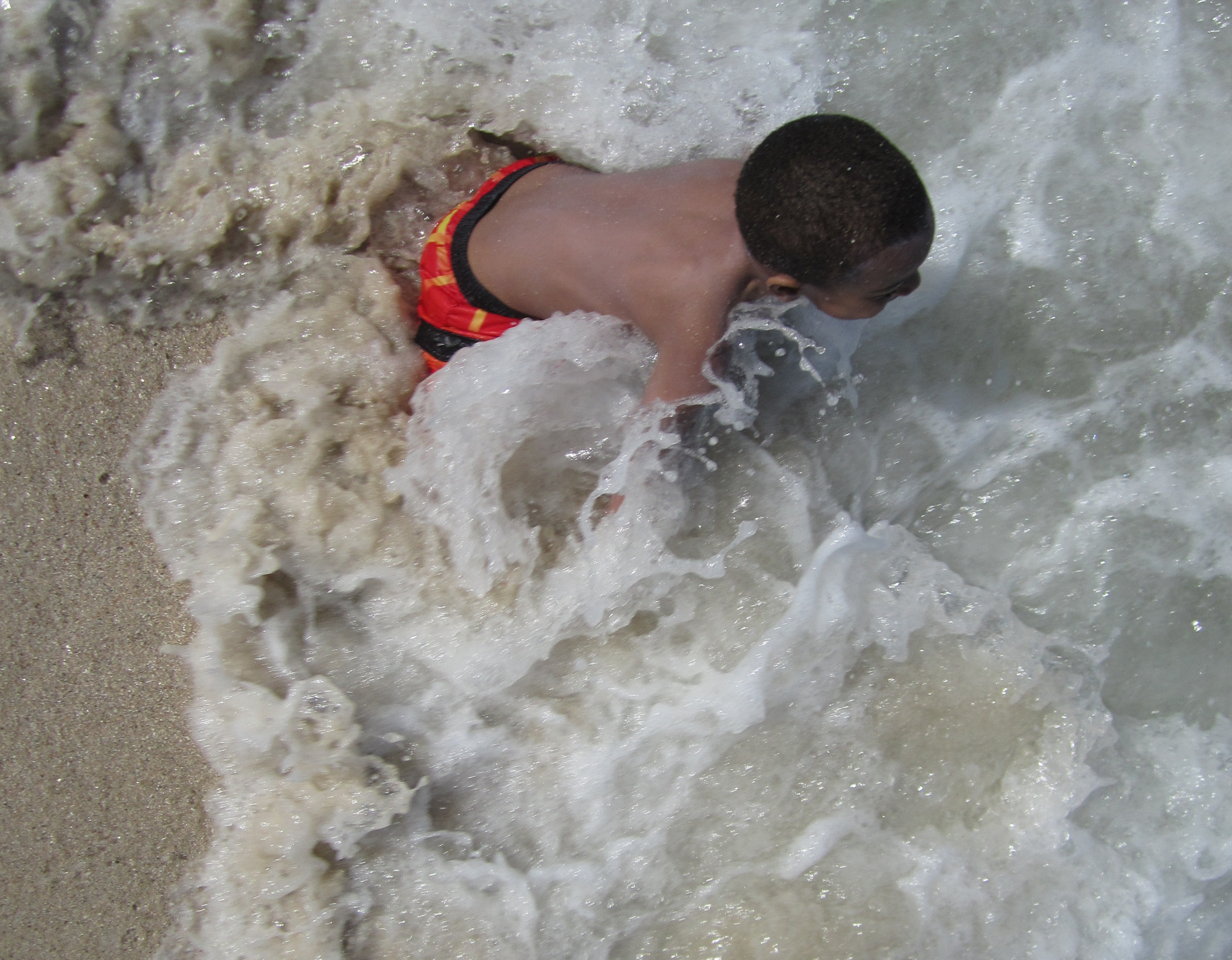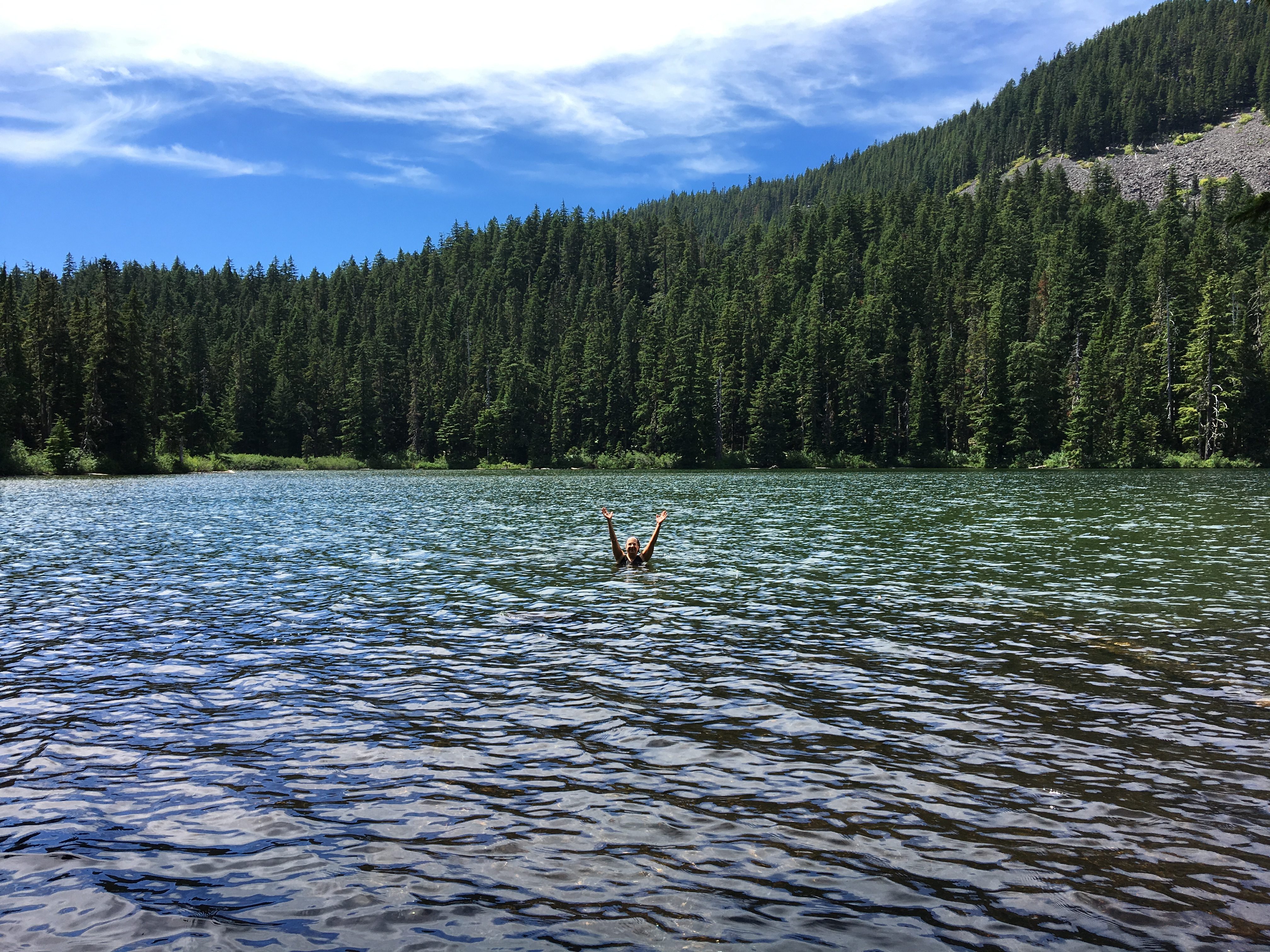Early Childhood / Preschool Blog
Local nature experiences help children relate to other environments
By Peggy Ashbrook
Posted on 2018-09-30
My side of the street is shaded for hours longer than the opposite side which gets full sun for more than 6 hours a day, even in winter. The differences in sunlight affect the plant growth in these “microclimates.” On the “sunny side of the street the flowering bulbs that are planted in the fall bloom in spring a full week ahead of those on the shady side so the block as a whole has an extended display of spring flowers. In the fall the difference in cumulative sunshine shows—the same kinds plants on the sunny side are taller and more robust than those on the shady side.
 A science exploration and lesson plans written for one area may need to be adapted to use in your region because the plants and animals that live nearby have different needs and life cycle timing from those of the lesson plans. Children become familiar with the plants and weather right outside the door through daily or weekly experiences. When children explore the nature that is nearby, and observe changes that happen over time, they can connect the classroom discussions of weather and life cycles with the nature they experience at their home. There may be microclimates within the area your children can explore. They will build their understandings of the relationships between the local weather and the seasons, and the changes in local plants and the seasons, over time. Over time children learn where to dig for worms, what plant parts appear for a short time (such as flowers), and what happens if it doesn’t rain and no one waters the school garden.
A science exploration and lesson plans written for one area may need to be adapted to use in your region because the plants and animals that live nearby have different needs and life cycle timing from those of the lesson plans. Children become familiar with the plants and weather right outside the door through daily or weekly experiences. When children explore the nature that is nearby, and observe changes that happen over time, they can connect the classroom discussions of weather and life cycles with the nature they experience at their home. There may be microclimates within the area your children can explore. They will build their understandings of the relationships between the local weather and the seasons, and the changes in local plants and the seasons, over time. Over time children learn where to dig for worms, what plant parts appear for a short time (such as flowers), and what happens if it doesn’t rain and no one waters the school garden.
Once children have experience making observations about the local environment and weather they have a foundation for comparing and beginning to understand what happens in other areas. A hurricane can be described as “winds much, much, much stronger than that rainstorm last week” and an ice storm can be described as “so cold the rain froze hard like ice cubes from the freezer.” Through books and other media children may develop an appreciation for the features of different environments and learn about animals that live elsewhere, on a grassland or tundra, in an ocean or river, down the street or even on different continents. After reading a book about zebras a child who is familiar with cows might say, “Zebras eat grass like cows do.” A child who has climbed a hill might be able to picture a mountain, so big it would take several days to climb it. Experiences in our local nature prepare us for understanding and appreciating living organisms in distant environments.
Disclaimer: The views expressed in this blog post are those of the author(s) and do not necessarily reflect the official position of the National Science Teaching Association (NSTA).






